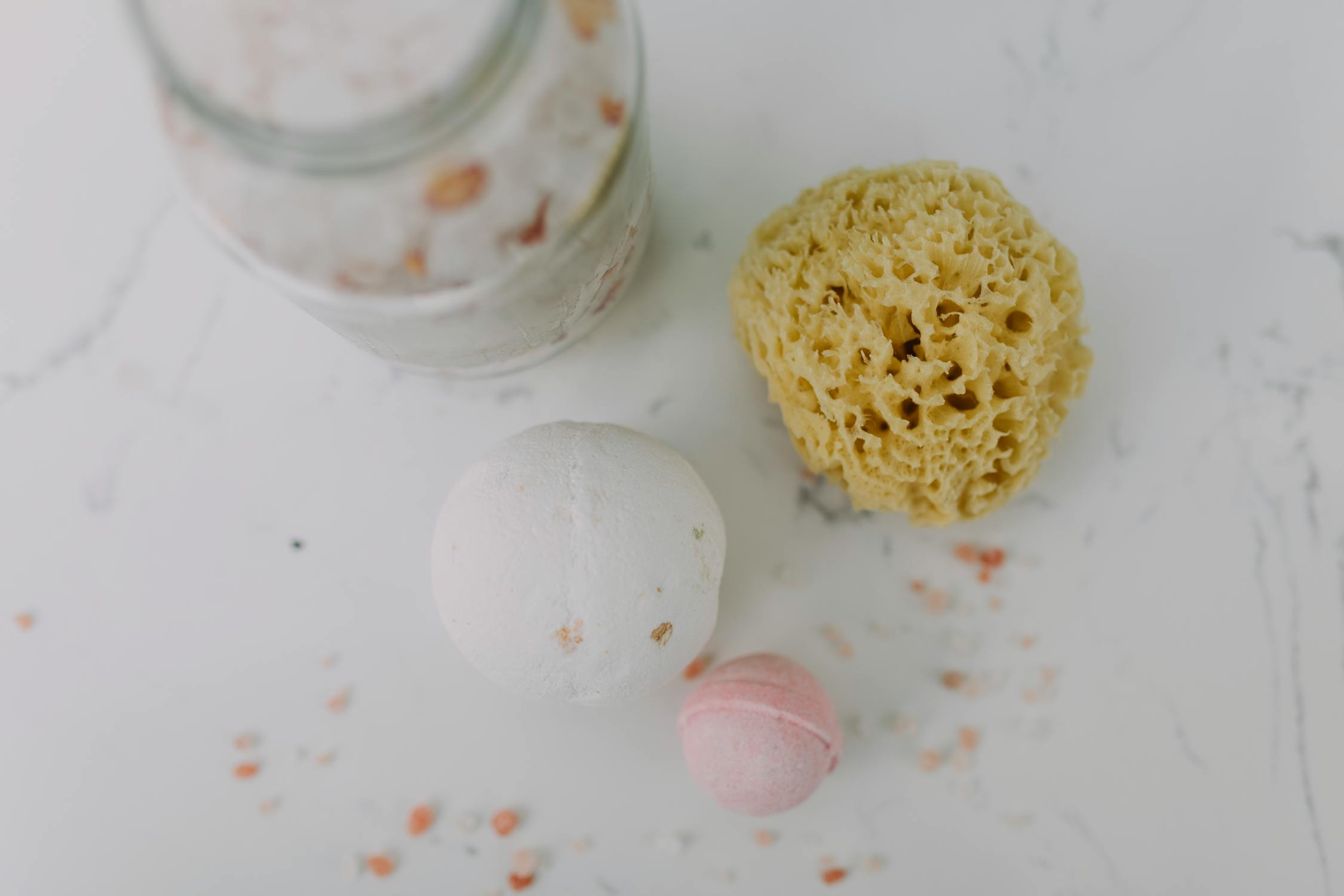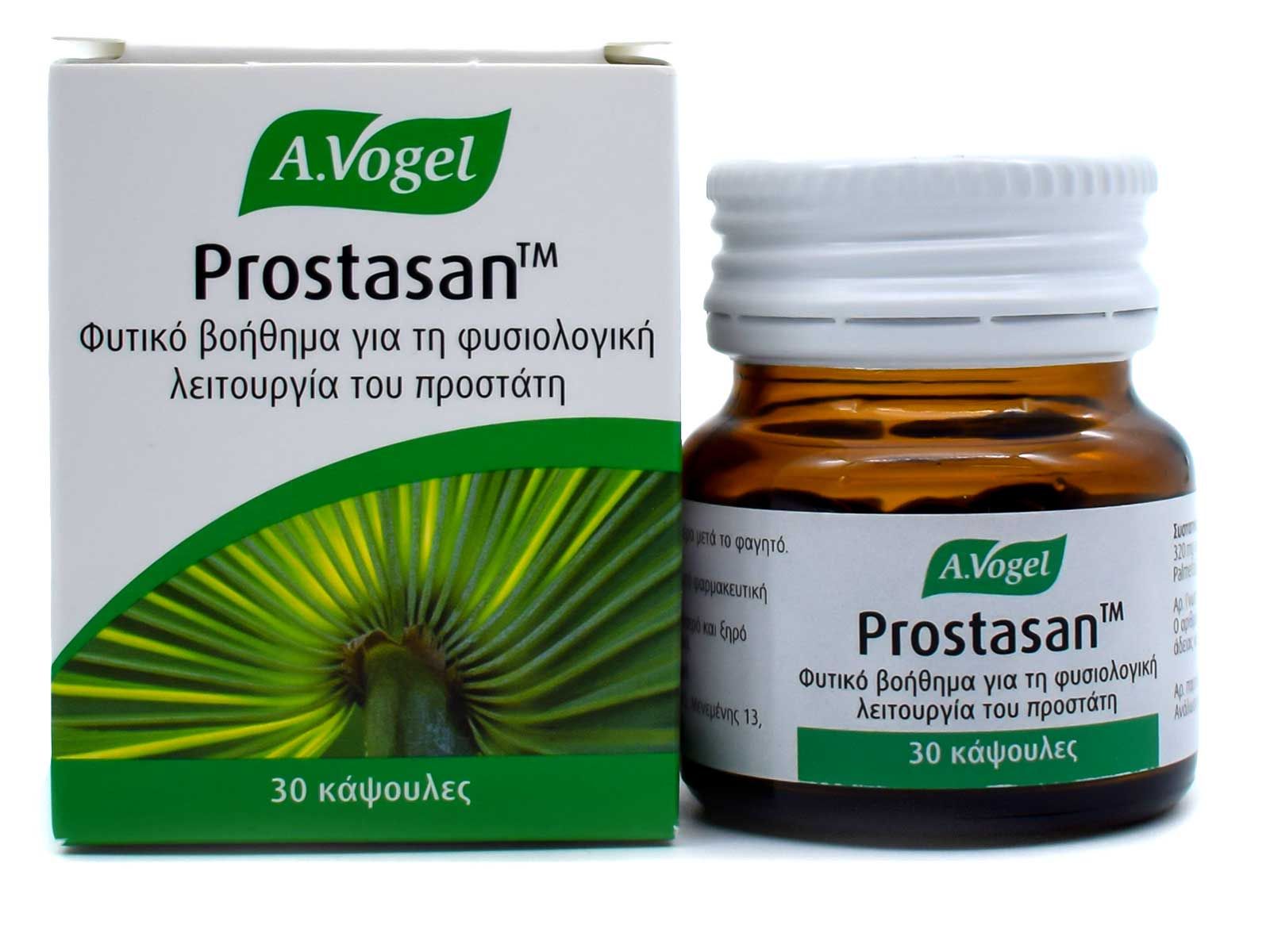Himalayan salt, often referred to as “pink gold,” is more than just a trendy culinary ingredient or a decorative item. Extracted from the ancient rock salt mines of the Punjab region in Pakistan, near the Himalayan mountain range, this salt is revered for its unique pink hue, mineral-rich composition, and multifaceted uses. From the kitchens of gourmet chefs to wellness enthusiasts seeking natural remedies, Himalayan salt has carved out a unique place in the modern world. This article dives deep into the origins, benefits, and uses of Himalayan salt, exploring what makes it so special.
The Origins of Himalayan Salt
Himalayan salt is believed to have formed over 250 million years ago during the Permian era. As ancient seas evaporated, massive salt deposits were left behind, eventually becoming buried under lava, ice, and snow. These unique geological conditions preserved the salt in its pristine form, shielded from modern environmental pollutants.
The Khewra Salt Mine in Pakistan is the primary source of Himalayan salt. As the second-largest salt mine in the world, it is a testament to the geological history of the region. Workers mine this salt carefully, often using traditional methods to maintain its natural purity.
What Makes Himalayan Salt Unique?
Himalayan salt’s signature pink color comes from its trace mineral content. It contains up to 84 different minerals, including calcium, magnesium, potassium, and iron, which contribute not only to its appearance but also to its potential health benefits. Unlike refined table salt, which is stripped of most minerals and often treated with additives, is minimally processed, retaining its natural properties.
Health Benefits of Himalayan Salt
Himalayan salt is often touted as a healthier alternative to regular table salt. While scientific research is ongoing, anecdotal evidence and traditional practices highlight several potential benefits:
1. Rich in Minerals
Himalayan salt contains essential minerals like potassium, calcium, and magnesium. These nutrients are vital for maintaining electrolyte balance, supporting bone health, and aiding muscle function.
2. Improved Hydration
Because of its mineral content, is believed to enhance hydration when dissolved in water. It’s often used in “sole water,” a solution made by mixing water and , which proponents claim can balance electrolytes and improve energy levels.
3. Supports Respiratory Health
Salt therapy, also known as halotherapy, involves inhaling air infused with tiny salt particles. lamps and salt rooms are increasingly popular for their purported ability to alleviate respiratory conditions such as asthma and allergies.
4. Promotes Better Sleep
The minerals in may help regulate the body’s sleep cycle. A balanced intake of natural salts can stabilize hormones like cortisol and melatonin, contributing to restful sleep.
5. Detoxification
Himalayan salt baths are a favorite among wellness enthusiasts. The salt is said to draw out toxins from the body, soothe sore muscles, and improve skin health.
Uses of Himalayan Salt
Himalayan salt is incredibly versatile, making it a staple not only in kitchens but also in wellness practices and home décor.
1. Culinary Use
Himalayan salt is prized for its distinct flavor and mineral content. It can be used in various forms, including:
- Fine Salt: Ideal for seasoning dishes and baking.
- Salt Blocks: Used as cooking surfaces to impart a subtle salty flavor to grilled meats, vegetables, or seafood.
- Salt Sprinkles: Adds a unique finishing touch to gourmet recipes.
2. Skincare and Beauty
Himalayan salt is a key ingredient in scrubs, masks, and bath soaks. Its exfoliating properties help remove dead skin cells, leaving skin soft and rejuvenated. In addition, it is often used in DIY skincare recipes for its detoxifying effects.
3. Home Décor
Salt lamps made from have become a popular addition to homes. These lamps emit a warm, soothing glow and are believed to purify indoor air by releasing negative ions that counteract pollutants.
4. Wellness and Therapy
Himalayan salt is integral to several wellness practices:
- Salt Baths: Believed to relieve stress, improve circulation, and detoxify the body.
- Halotherapy: Helps alleviate respiratory issues through exposure to salt-infused air.
- Meditation Spaces: Himalayan salt candles and lamps create a calming ambiance, enhancing mindfulness practices.
Himalayan Salt vs. Table Salt
A common question is how compares to regular table salt. While both are primarily composed of sodium chloride, the differences lie in their processing, composition, and usage:
- Processing: Table salt is heavily processed and often contains additives like anti-caking agents and iodine. , on the other hand, is minimally processed.
- Mineral Content: boasts a wider range of minerals, which contribute to its pink color and potential health benefits.
- Flavor: Many chefs prefer for its nuanced flavor, which is less sharp than regular salt.
Environmental and Ethical Considerations
The rising popularity of has led to concerns about over-mining and environmental impact. Responsible sourcing and sustainable practices are crucial to preserving the Khewra Salt Mine and ensuring the long-term availability of this natural resource.
Additionally, it is essential to support ethical labor practices in salt mining. Many workers in the salt industry face challenging conditions, and choosing products from companies that prioritize fair wages and safe working environments can make a difference.
Debunking Myths About Himalayan Salt
Despite its many uses and benefits, is not a cure-all. It’s important to approach claims about its health benefits with a balanced perspective:
- Nutritional Content: While Himalayan salt contains trace minerals, they are present in small quantities and should not replace a well-rounded diet.
- Medical Claims: There is limited scientific evidence to support some of the more extravagant health claims, such as its ability to cure diseases.
Moderation is key, as excessive salt consumption, regardless of the type, can lead to health issues like high blood pressure.
The Future of Himalayan Salt
As interest in natural and holistic wellness continues to grow, Himalayan salt’s popularity is unlikely to wane. Its versatility, aesthetic appeal, and potential health benefits make it a timeless commodity. However, preserving its integrity through sustainable mining and responsible consumption will be crucial in ensuring its availability for generations to come.
Conclusion
Himalayan salt is much more than a pink-hued seasoning. Its rich history, unique mineral profile, and diverse applications make it a remarkable gift from nature. Whether you’re enhancing your culinary creations, seeking a relaxing bath experience, or simply adding a warm glow to your home, offers something for everyone.
By understanding its benefits and limitations, we can appreciate not just as a product, but as a symbol of nature’s ancient wonders. Let it remind us of the importance of balance—in health, in life, and in our approach to the world around us.











